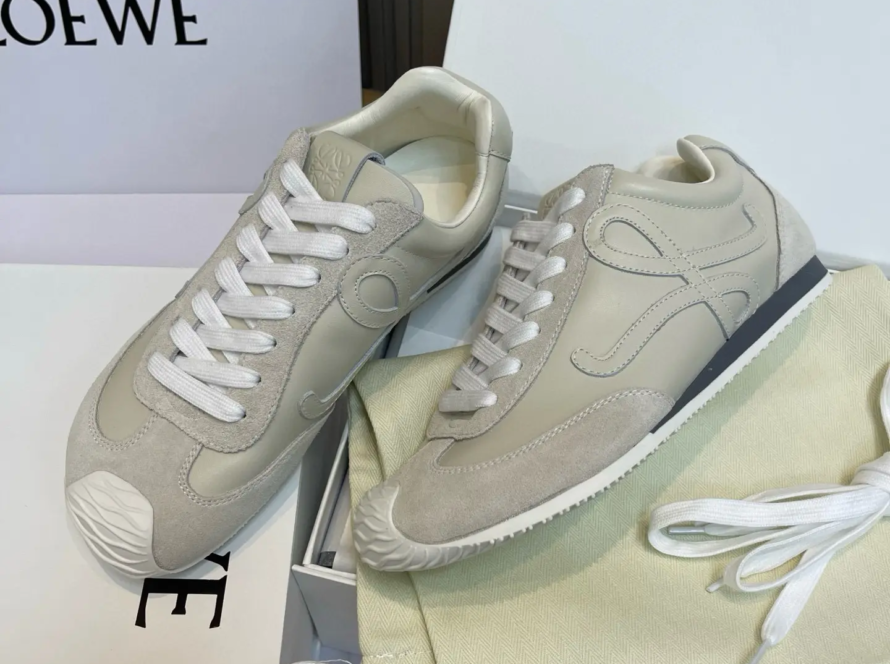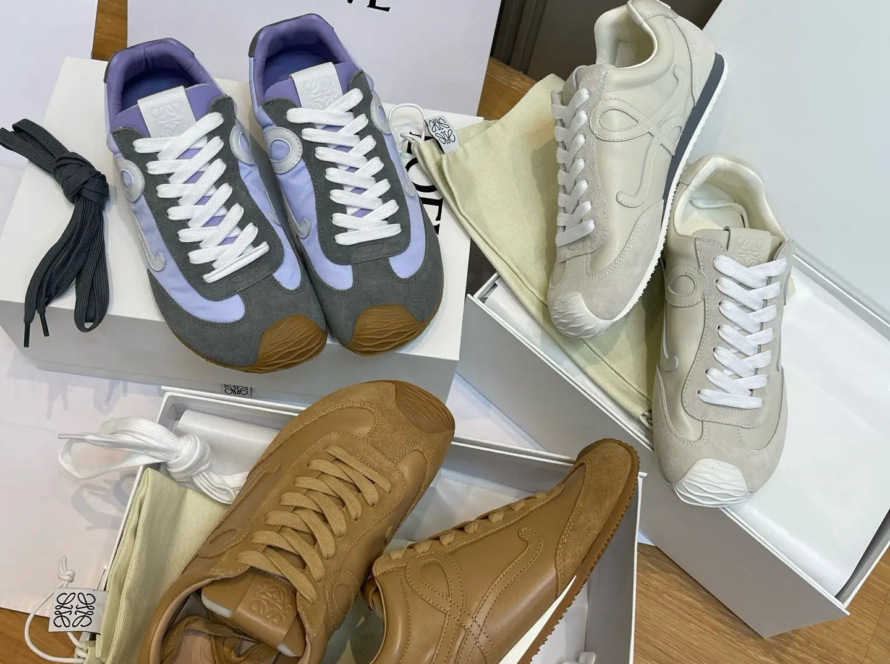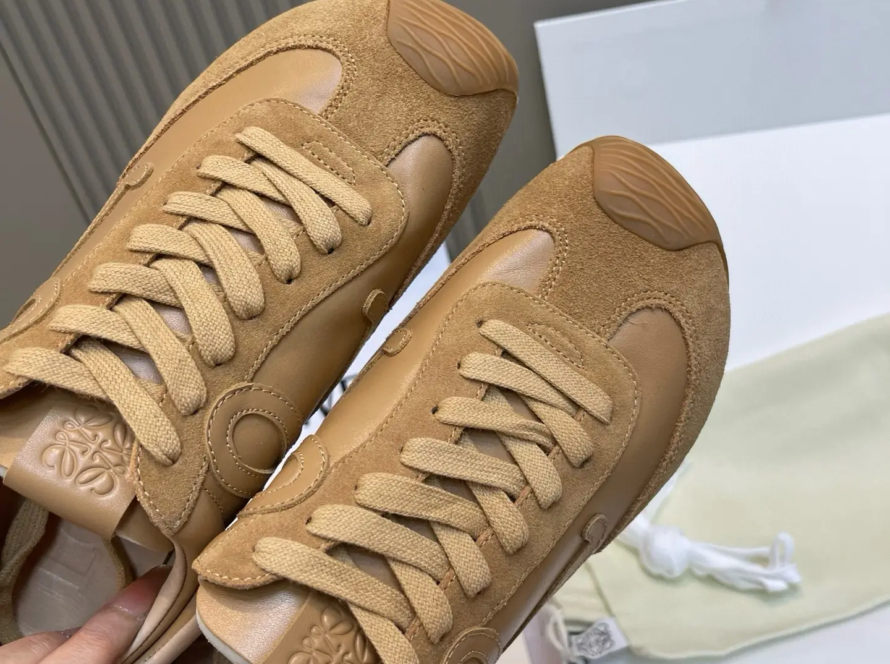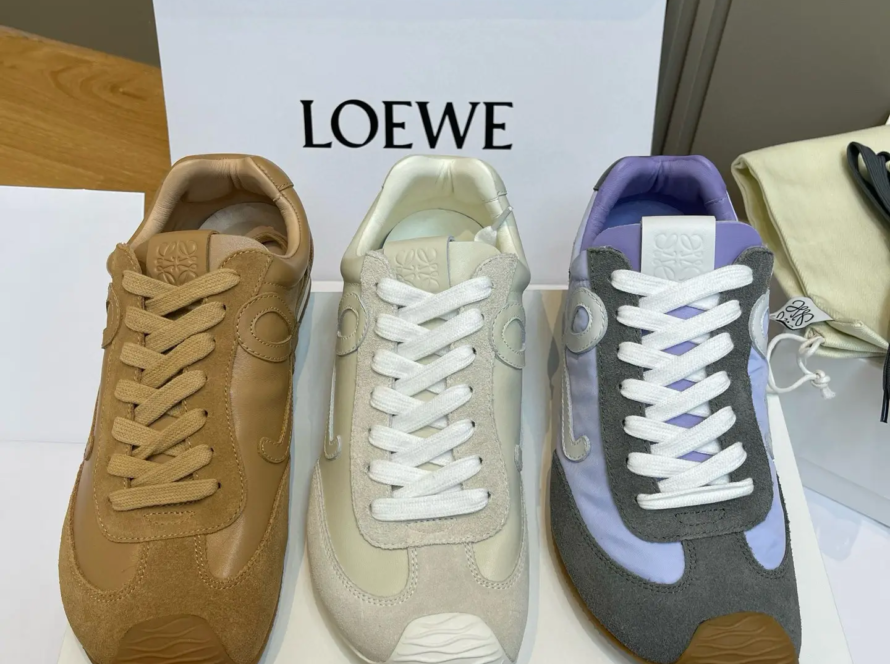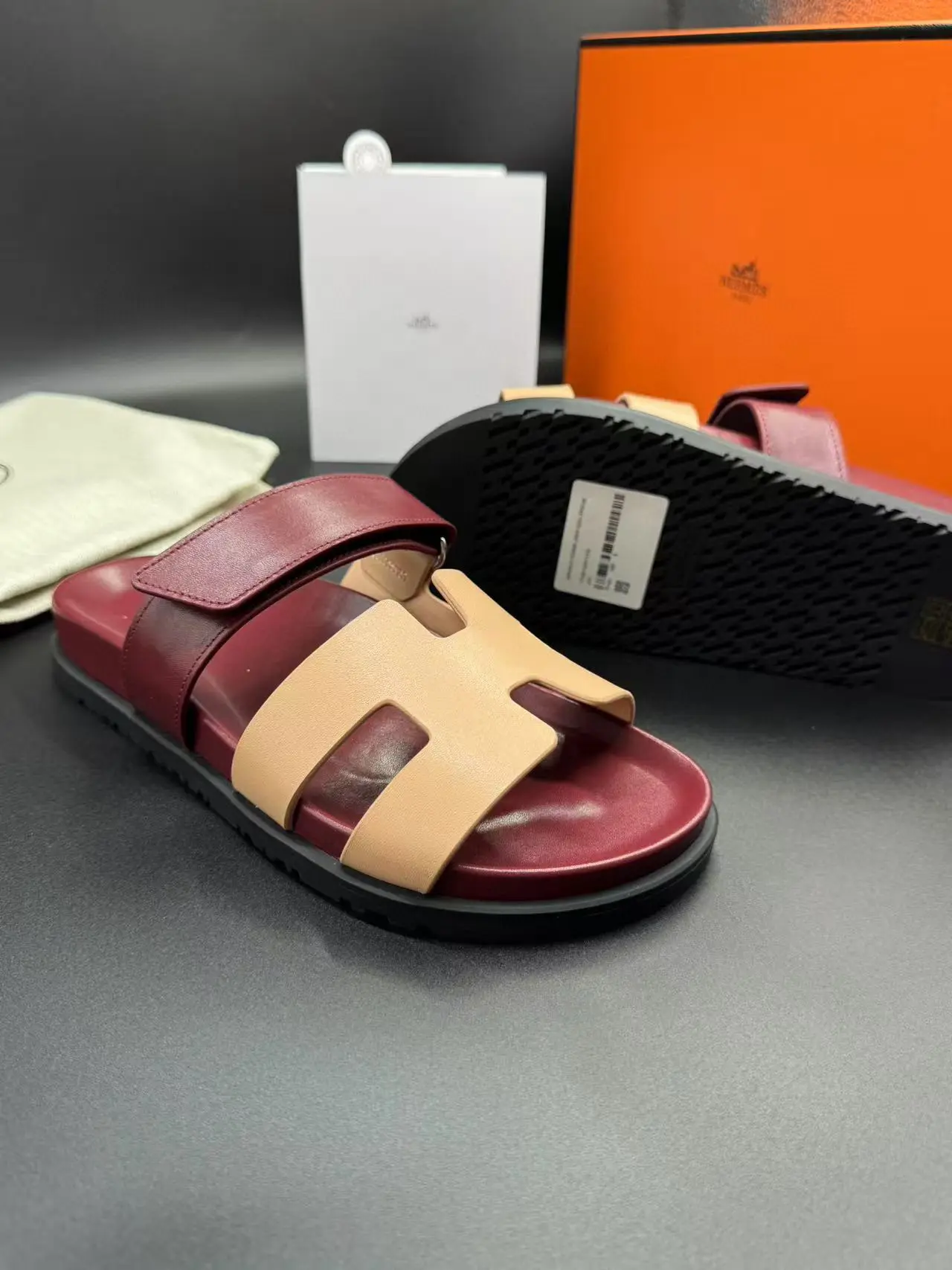
Art Alchemy: Decode the charm of luxury adventures in hiking footwear
In the rare world of premium footwear, heritage craftsmanship collides with bold innovation, and hiking footwear is not only a brand, but a declaration. For connoisseurs who see shoes as dynamic sculptures, this is the ARMOR of Urban Explorer and Countryside Flâneur, who skillfully bridge the gap between uncompromising performances and worthy of the elegance of the runway. This is for those who demand that every step is intended to resonate, the legacy of every detail whispering, and every silhouette ignores the trend of time.
Philosophy: The mountains strictly conform to the exquisiteness of Atelier
Spiritual Tracks for Hiking in Paradox: Making shoes that can withstand the anger of unwelcome trails while exuding the sophistication of Bond Street Flagship. For luxury collectors, this duality is cats. Imagine calf leather, suntanned by vegetables to patina depth, like high-quality Bordeaux, juxtaposes scientifically proven to absorb 50% of shock than standard composites. These are not shoes; they are heirlooms designed for terrain.
Anatomy of icons: Deconstructing signature crafts for hiking
To understand the gravity of hiking among elites, its DNA strands must be dissected through strands:
-
Materials as narrative
The procurement ledger for hiking reads like a morally rich manifesto:- Victoria Walnut Bison Leather: Imported from a 150-year-old Scottish tannery, this leather undergoes a 28-day oak red aging process, accompanied by a water-resistant property comparable to the Gore-tex™ but as a glove leather.
- Carbon fiber pectoral muscles: Hidden in a quarter panel, these aerospace-grade silks provide architectural support without sacrificing flexibility – Akin to the premium high-end corset underfoot.
- Recycled rubber: Hiking partnership with Amazon’s Holy Source Initiative has produced a wild-harvest rubber that is carbon-negative, biodegradable and ridiculous grip on wet granite.
-
Construction: The ghost handcraft you can’t see (but you can feel it)
Despite mass market brand automation, hiking studios in Dolomites have adopted unchanged technologies since the 1930s:- Triple cell Black sewing: Each shoe involves 174 meters of bonded nylon thread, three seams are made at the perfect angle of tension at the angle of removal of layering.
- Cork and Beachwood Midsole: Harvested from sustainable deli forests, this layered core mold can reach the wearer’s foot arch within a wear range of over 40 hours, resulting in a biometric identification symbol.
- The edges of the handmade frame: A process involving 12-stage edges of beeswax, hematite powder and linens that produces a glass-like glitter even after 500 miles of abuse.
- Customized black book
For clients who consider exclusiveness as non-negotiable, hiking Main measurement program Beyond customization. A team of ropes and ergonomics conducted a 90-minute biometric mapping course that included gait pressure, humidity in the wearer’s area, and even humidity patterns – the last carving was carved from an aging maple tree. result? Shoes that fit like a second skeletal system. Recent commissions include a pair of cowhide hiking boots, cutters with platinum eyelets, linings for Dubai-infused collectors and antioxidant-infused lines for the Arctic expedition of Nobel Prize winners.
Aesthetic Dictionary: From Chamonix to Chelsea
The design language of hiking rejects the binary language of “hiking” and “dresses” shoes. Consider them Monterosa Chukka: A rain masterpiece of emerald ostrich leg leather, paired with Vibram’s Mont Trekking Sole. It also scales the scree slope at home or complements the Brunello Cucinelli cashmere blazer. The brand’s 2024 Alpine Collection Further blur boundaries have:
- Matterhorn Loafer: A one-cent-size-fits-all, one-cent-size-fits-all-sized, with retractable carbide spikes hidden on it.
- Glacier Night Boots: Recycled kevlar® mesh waterproof eel skin dyed by zero waste indigo VAT process.
Sustainability paradox
The new currency of luxury goods is not only rare, but also a responsibility. Hike’s Resoil™ plans to reclaim the shabby station (your or competitor) to create terrazzo-like tiles for flagship stores. What is their commitment? For each pair sold, the peatland restores 100 m2 peat orchids and integrates consumption through protection.
Limited worship
The collaboration of hiking is a cover-up of the mysterious event. A collaboration with architect Tadao Ando was born in 2023 Specific shadows Boots: Seamlessly pour micro concrete on the 3D series Merino interior, with a global limit of 12 pairs. Through Sotheby’s Auction, they auctioned for €34,000 per pair as functional art.
Conclusion: Why Hiking Beyond the Tread
Hiking shoes are not about going from A to B. They are going to rewrite the dictionary of luxury performance. For collectors, they offer a tangible handmade legacy. For adventurers, biomechanical armor forged in alpine fires. For aesthetics, it is not necessary to prove that utilities need to be timid. In a landscape full of short-lived trends, hiking is a slow-burning masterpiece that can shape your feet, your journey, your heritage.
FAQ: Decode the luxury ecosystem of hiking footwear
Q1: How to prove that the price + price point of hiking shoes is reasonable?
A: Each pair consumes more than 38 hours of manual labor, uses 400 euros per square meter of materials, and goes through 72 QC checkpoints. Prices reflect not only the product, but also the patronage of the disappearing craftsman discipline.
Question 2: Can hiking footwear transition from mountain trails to Michelin-starred restaurants?
Answer: Absolute. picture Dolomites Derby Use tone tread pattern and leather with advanced curve technology. Their low-key hardware (for example, titanium hooks with matte gun coating) ensures versatility.
Q3: What is the advance time for the customization committee?
A: Twelve to Eighteen Months – Crucial Biometric Mapping, Final Engraving and Iterating Accessories. The customer receives one "Crafts Magazine" Record every stage from hidden selection to final bronze.
Question 4: How to maintain integrity in hiking shoes for decades?
A: Use exclusive use of hiking Alpine balm (A mixture of rosin and lanolin) is used for adjustment. Avoid direct heating; use cedar shoe tree shop. To resolve, please return to the studio – outsiders cannot copy the proprietary midsole matrix.
Q5: Is Hike’s limited edition a reasonable investment?
A: Secondary market analysis shows that the annual appreciation of rare cooperation is 9-22%. 2021 damn it Now (with Kyoto Lacquer Master) now deals in retail industry 3.4 times.
Question 6: Do hiking shoes meet orthopedic needs?
A: Custom commands integrate specifications for podiatry (e.g., asymmetric durability of a stand-in). The RTW model has removable correction foot pads and comes with medical grade arch support.
Q7: How extreme are the performance limitations of hiking?
A: Laboratory tests are from -40°C to +50°C, with a height of 8,000m. this Mount Everest II Expedition Five 8K+ summits trained by Italian Alpine Club, no failures.
Question 8: What is the hiking position on vegan luxury goods?
A: Although centered on leather, their *Biovegan Collection™ uses 95% plant-based materials – Cax nanofiber uppers, algae foam mid-ends and natural latex adhesion. Carbon neutral certification.
Q9: How does one verify second-hand hiking footwear?
A: Each pair of NFC chips embedded in the tongue is linked to a digital passport with detailed introduction to source, materials and craft lineage.
Q10: Does hiking provide recovery services?
A: Yes – Your *Forever Wortprogram™ can be rebuilt up to three full rebuilds per pair. The heirloom model of the 1990s is still in circulation, which proves the timeless engineering of hiking.
This in-depth study of the fusion of hiking shoes and narrative luxury empirical data – aims to resonate with high net worth individuals who are not optional but exist.


